ROOM: The Space Journal is one of the top magazines on space exploration, technology and industry. At ROOM, we share a common dream – advancement of peaceful space exploration for the benefit of humankind, all while bringing you incisive articles on an assortment,a range of interesting topics. Our authors include analysts and industry leaders from all over the world, which lets us bring you the newest and comprehensive information about sputnik and the space race definition.
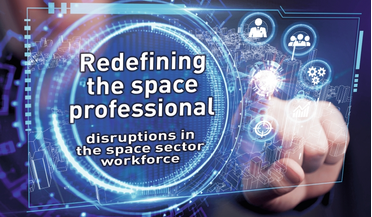 May 2022
Redefining the space professional – disruptions in the space sector workforce
May 2022
Redefining the space professional – disruptions in the space sector workforce
... earned media, will continue to differentiate space companies by communicating organisational reputation and place within the ecosystem. Future definitions Given the disruptions highlighted, space professionals will continue to ask themselves, “Where do I want to work and why?” and the answers will change as they progress...
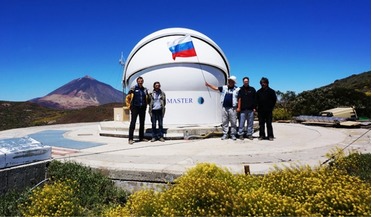 February 2017
Global robotic network for monitoring near-Earth and outer space
February 2017
Global robotic network for monitoring near-Earth and outer space
... asteroids and comets. The MASTER II network is internationally recognised and its telescopes have been invited to the best observatories north and south of the equator, and the objects discovered by the network have become research subjects for the largest telescopes in the world’s space observatories. The fact that the...
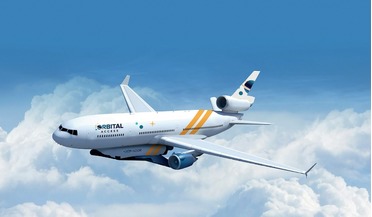 November 2017
Reusable air-launch and the space access paradigm
November 2017
Reusable air-launch and the space access paradigm
... development decisions have been based upon this type of assessment and the US Space Shuttle, for example, was ‘sold’ on the assumption of 25-30 flights per year over 12 years [1]. However, the implicit assumption here is that each flight supports at least one...
 August 2020
Opportunities for young people in the space sector
August 2020
Opportunities for young people in the space sector
... a space mission in 10 days under the supervision of experts, and the Space Astronomy Summer programme in Maryland, USA, where students can work with Space Telescope Science Institute researchers on data interpretation, software development and scientific writing. Students for the Exploration and Development of Space (SEDS...
 September 2024
Hypersonics and the route to orbit
September 2024
Hypersonics and the route to orbit
... the author Mark Williamson is an independent Space Technology Consultant and writer, and a Commissioning Editor for ROOM Space Journal. He has 40 years of experience as a satellite communications engineer and consultant to the space industry, space insurance and space education sectors. He is the author of six books, including The Cambridge Dictionary of Space Technology and Space: The...
 February 2019
The Space Elevator – an alternative path to space?
February 2019
The Space Elevator – an alternative path to space?
... the gravity force on the Space Elevator. The planet, or other celestial body, with the base-anchor provides the rotation and the orbital kinetic energy for the payloads. The payload never requires the high kinetic energy of rockets in LEO while it climbs on the tether to GEO. The power on a Space...
 November 2021
Space insurance and the future of risk management
November 2021
Space insurance and the future of risk management
... the satellite itself and the launch services. Finally, as a direct result of the cost aspects and the fact that there are relatively few launches to insure, space insurance attracts the interest of the top ‘C-suite’ executives – in both industrial and insurance sectors. The scale of the premiums involved, and...
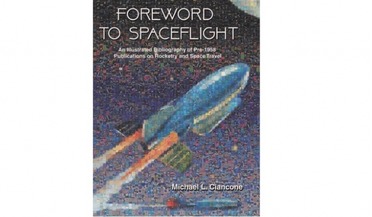 February 2020
Visions of spaceflight before the Space Age
February 2020
Visions of spaceflight before the Space Age
... and dreams and accomplishments Cold War tension between the United States and the USSR led to the space race. Space was the new field of competition in a battle of ideologies. The initial venue for this competition was the International... the Earth, ostensibly for peaceful purposes. The publicity around efforts to place a satellite in Earth orbit generated a lot of public interest, which resulted in many publications. Before the launch of Sputnik,...
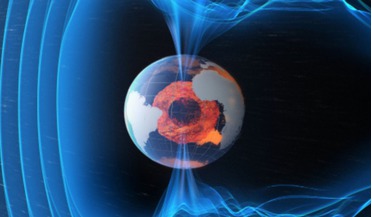 August 2016
Our changing world and the mounting risk of a calamitous solar storm
August 2016
Our changing world and the mounting risk of a calamitous solar storm
...the human race, and power our future. When someone says to be me, “Psstt, what did you do with your life?”, someday I can say I helped the International Space University, space engineers and the world’s space agencies to start thinking about inventing, building and deploying PSSTT. In the... space agencies to consider what technologies they might conceive and implement to save Earth and the human race. To put not too fine a point on it, now is the ...